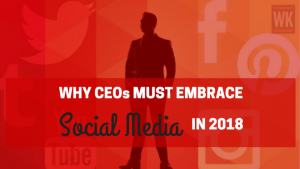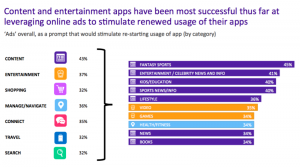A Call To Advertise Responsibly In Digital
Last week, I sat through a presentation by a client’s third-party verification service, which had analyzed digital media ad placement relative to the client’s self-defined safety and decency requirements.
And while confidentiality prevents me from sharing specifics, there are a few general conclusions I feel I can share with you.
First, as we all know, the devil is in the details. Because of the variety of target audiences the advertiser was trying to reach with messaging, its settings have always been decidedly in the “green.” If there is even a hint of “gray area,” it will move back to safety. And its agency partner has all the right tools and services in place to comply with GARM (Global Alliance for Responsible Media) and the client’s own preferences.
But as we reviewed where the ads appeared, we concluded that some had absolutely appeared in places that had been identified as not OK.
AI-driven filtering only goes so far. It is absolutely necessary to have an AI do the first round of weeding. But a human has to to tell the AI in great detail what is and is not wanted, on a platform-by-platform, publisher-by-publisher level. And this immediately highlights the unworkable challenge of the world of digital advertising. Given the sheer volume of digital content, and the myriad ways your ad can find its way into it, it is virtually impossible to be 100% in compliance with your own guidelines.
Equally sad was the conclusion that despite best efforts, strict guidelines, direct publisher buys and many more tactics, a large chunk of the client’s messaging had not reached an actual human being remotely close to the intended target audience. Despite now almost a decade of railing against the cost of middlemen, bot fraud and other forms of digital ad crime, it’s still impossible to accomplish a 100% “target audience delivered” score.
The digital ad world is simply offering too many opportunities for the bad guys to siphon off money. In comparison to ANY OTHER MEDIUM, with digital we apparently have to pat ourselves on the back if we simply succeed in minimizing the losses. Those losses will never be zero. That is a sad fact.
Which brings me to the final reality, which is very much top of mind given the recent Facebook troubles. As we all have concluded, Facebook is very, very bad. But that does not mean others are so much better. We have just heard about a Twitch hack that exposed a whole bunch of secure user information. It has been reported that both Roblox and Minecraft chat functions are apparently riddled with hate speech. Connected TVs are a new source of ad fraud, because advertising on connected TVs is a growing category and the crime syndicates simply “follow the money.”
So what is an advertiser to do? Well, I would advocate for a robust and public stance that articulates where you, the marketer, draw the line. That will not prevent you from crossing it, because as I said, even with the best intentions, it will go wrong. But just as marketers are being overt, purposeful, and transparent about issues such as the environment, diversity and equality, they will need to be as overt and purposeful about drawing digital advertising red lines, and transparently publish how well they have done.
We can’t “not advertise” in digital. We can and must “advertise responsibly.”
(12)






